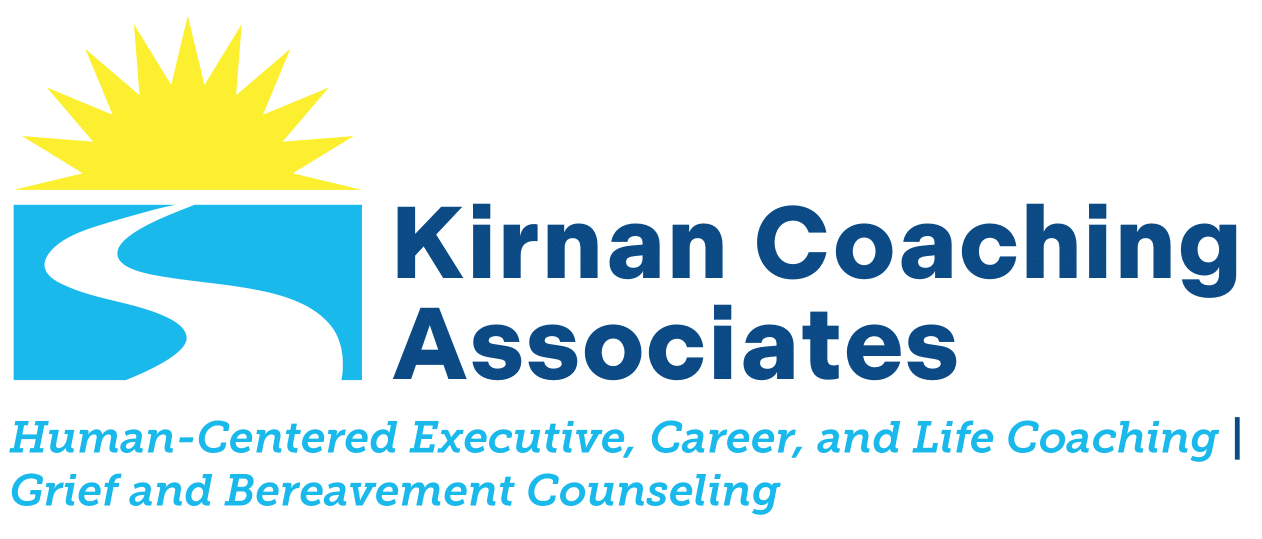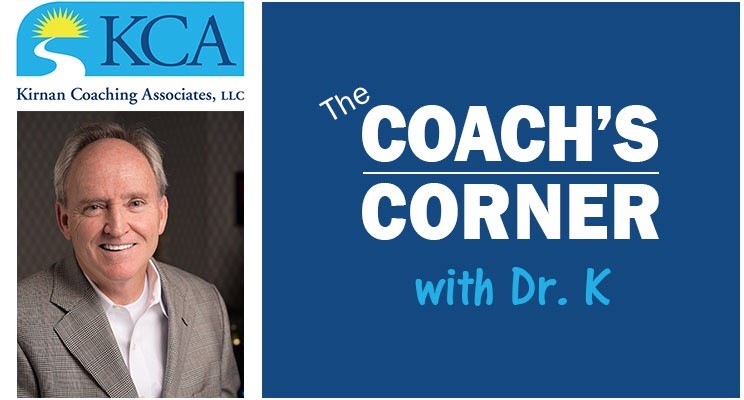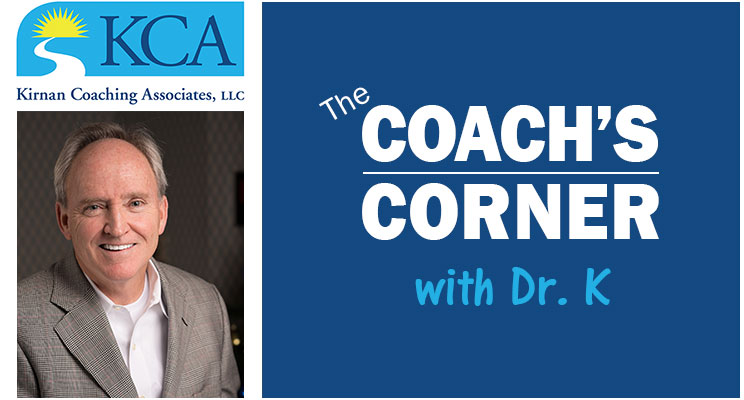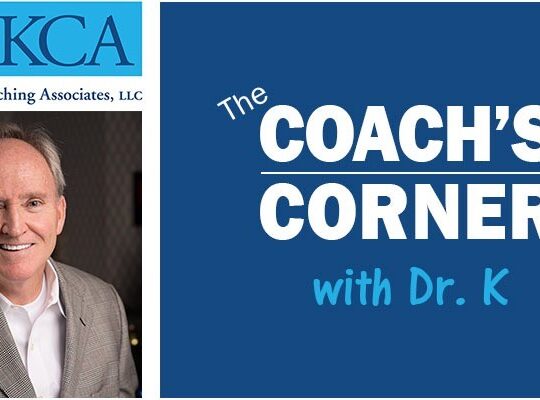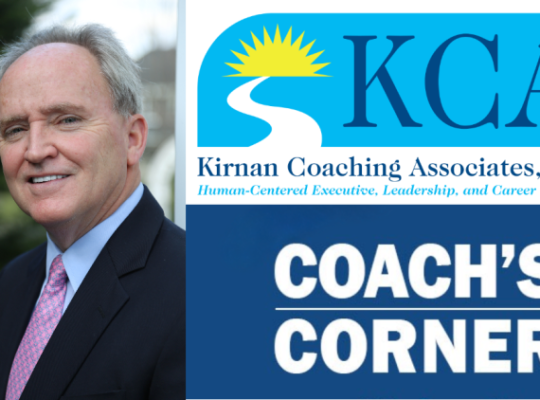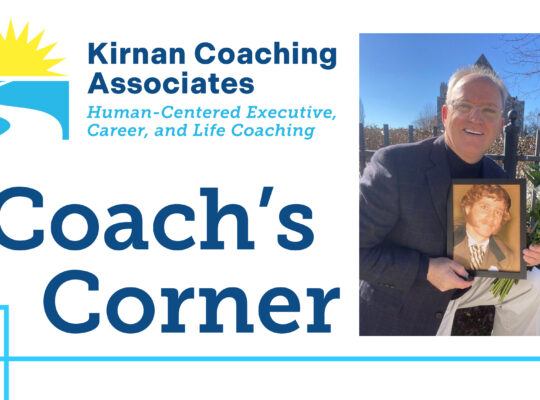“You gotta have a dream, if you don’t have a dream, how you gonna have a dream come true?”
Happy Talk, from the Rodgers and Hammerstein musical, South Pacific (1949)
This New Year’s Day, I found myself running on the Jersey Shore Boardwalk, something I have been doing for many, many years although truth be told, my pace is considerably slower than it used to be. It was a gorgeous day with sunny skies and unusually warm temperatures for this time of year. As I ran down the boardwalk, I couldn’t help but notice lots of people smiling at me and saying what people always say at this time of the year — “Happy New Year” and of course I would say the same “Happy New Year” back to them. As I continued my jog, I started to think about how New Year’s Day had always reminded me of those September days of my youth when you just couldn’t wait to go back to school to see who your new teachers would be, which of your good friends would be in homeroom with you, and whether there were any new kids who might be fun to pal around with. Well, those good feelings from my September school days are similar to the way I feel every New Year’s Day. It’s that time of the year to take stock personally and professionally and begin to imagine the excitement, adventure, and possibility that awaits us.
The dawn of a new year is an opportunity to compare our expectations for the future (i.e., our dreams and goals) with whatever our current reality might be, with the gap between the two representing our current level of frustration. Sometimes, the gap between our expectations and our reality can be large and often they may narrow, only to widen again. But, if we are honest with ourselves, most of us would probably admit that there are some “performance” gaps that we need to address and deep down there’s this underlying feeling of “Yes, I know I can do better in the future”. So, on New Year’s Day, we begin that annual journey of trying to identify what specific issues in our personal and professional lives we’d like to work on during the year. Are our expectations realistic or do they need to be altered in some way? Or, do we need to work on improving our current reality by setting specific goals and action steps that are aligned with achieving those goals?
In Part 1 of my series on “The 4 C’s of Coaching – Clarity, Courage, Commitment, and Completion”, I addressed the critical issue of Clarity in defining any coaching engagement — i.e., the Clarity of Purpose that is at the heart of any coaching engagement. What specific issue(s) does the client want to address during the engagement? Once the core issue(s) have been identified, the client must embrace courage throughout the engagement by:
- Showing up for each coaching session with their game face on ready to engage and explore all possibilities for the issue at hand.
- Critically evaluating what strategies have worked in the past and which ones haven’t; after all, as Einstein once quipped “Insanity is doing the same thing over and over again and expecting different results”.
- A willingness to move outside your comfort zone where real change and personal transformation are possible.
- Completing as many of the action steps they commit to which are often uncomfortable and difficult to implement.
As I continued my jog on New Year’s Day, I found myself thinking about how fortunate I am to be able to work with clients who exhibit courage in so many ways as they tackle the areas of their life and career they want to change. But what qualities actually define courage? There’s certainly a kind of instinctual courage that immediately comes to my mind – e.g., the many firefighters, policemen, and other heroes who performed such incredible acts of bravery on 9/11. Or, how about the instinctual courage of those 3 U.S. Army pilots who faced down their own troops in rescuing many Vietnamese citizens during the tragic My Lai Massacre of March 16, 1968. There’s a rich and lengthy list of instinctual courage we could draw from for hope and inspiration.
Courage is Scary, Risky, and Often Voluntary in Coaching
But at its core, courage in a coaching context might be reasonably defined as the ability to do the “scary” thing. “Scary” because by doing it, there is an element of risk involved – i.e., there is no guarantee that you will be successful. “Scary” because often times, no one is forcing you to do the contemplated action; rather you are doing it voluntarily. In a spiritual context, you might say that courage is doing the scary thing with the belief that God is with you and wants you to do it. So, courage is “scary”, “risky”, and “voluntary” in a coaching context because I am agreeing to ask myself some really difficult questions such as:
- How badly do I want to change direction in my personal and/or professional life?
- Am I willing to embrace being vulnerable to get to that better place I want to get to?
- Can I visualize stepping out of my comfort zone to try new things that I never tried before?
- Can I hold myself accountable for what I do or don’t do during the engagement?
- Do I surround myself with the people who will offer me encouragement to follow my dreams?
- Do I need to adopt a different management style at work and how I handle stress and conflict situations?
- Can I find the inner strength as St. Paul so eloquently describes in his letter to the Romans 7:15 to just say no to the things that I know I don’t want to do but keep on doing?
Courage in coaching involves listening to our inner voice, trusting our instincts and then doing what that voice is telling us to do. In a spiritual sense, it might be that God tweet that’s telling us we can go from good to better even if it’s scary because He will be with you every step of the way. We may not always get things right when we display courage, but we can do it because we’ve done it before and we believe that we can do it again.
Profiles of Courage as Showcased on the Big Screen
Like many of you, I had the chance to reconnect with my family over the Holidays and one of our great traditions over the years is to catch a movie or two together. This year we took in La La Land and Collateral Beauty and even though both storylines are fictional in nature, they clearly mirror real life situations that all of us can relate to. In La La Land, the two principal characters — Mia, an aspiring actress played by Emma Stone, and Sebastian, a dedicated jazz musician played by Ryan Gosling — who both struggle to make ends meet while falling in love as they pursue their big dreams in modern day Los Angeles. The script is a realistic portrayal of the many choices we make in everyday life and the obstacles that often get in the way as we chase our dream. It’s a musical production with an awesome score from Justin Hurwitz, some breathtaking cinematography, and lots of magical dancing by Stone and Gosling that has made yours truly want to take tap dancing lessons in 2017 (It’s now on my Bucket List). The movie is a showcase for the kind of courage that people in the creative world must bring to their craft every day – in Mia’s case, her dream of becoming a leading actress and Sebastian’s quest to own his own jazz nightclub.
In Collateral Beauty, Howard, a successful New York advertising executive played by Will Smith, suffers a personal tragedy, losing his young daughter at the age of 6. The story touches on the collateral damage that often follows such painful loss, including separation and divorce, depression, and performance in the workplace. Howard soon retreats from daily life, and in the process, begins to adversely affect the firm and its 3 senior partners – Whit (Edward Norton), Claire (Kate Winslet), and Simon (Michael Pena). As the business continues to deteriorate and the partners explore a buyout, Howard seeks answers to his devastating loss by writing 3 letters to Love, Time, and Death. It’s not until Whit, Claire, and Simon devise an ingenious scheme to answer these letters that Howard begins to appreciate how even the most personal loss can reveal moments of real beauty and deep meaning. Courage is an underlying theme throughout the movie and displayed by each of the 4 main characters – Howard with the loss of his child and the challenge of finding new meaning in his life; Whit with the burden of raising a daughter where his ex-wife has custody; Claire whose increasing work responsibilities over the years has adversely impacted her dream of starting her own family; and, Simon who is dealing with a terminal illness of his own and how to prepare his family for a future without him.
A New Year’s Wish to Embrace the Courage Factor
The Courage Factor is a critical component to any successful coaching engagement. The Courage Factor involves doing the “scary” things voluntarily, with no guarantee of success and it is a characteristic that clients must embrace to achieve their hoped for outcome. As we begin 2017, I want to wish my clients, colleagues, and friends the courage to do the “scary” things that you seek to change in your personal and professional lives. I know you have the Courage Factor to do what you want to do because you’ve done it before and I know you can do it again. So, in the words of a famous Nike advertising slogan, “JUST DO IT”.
Warm regards,
Dr. K
